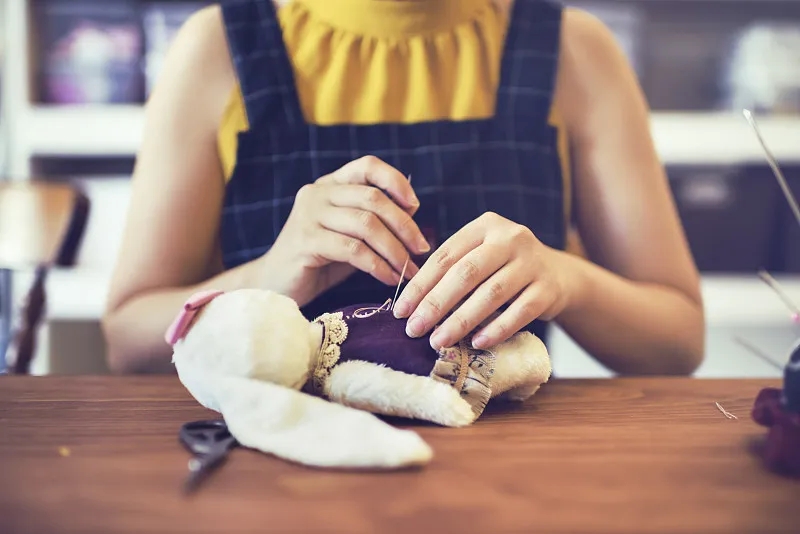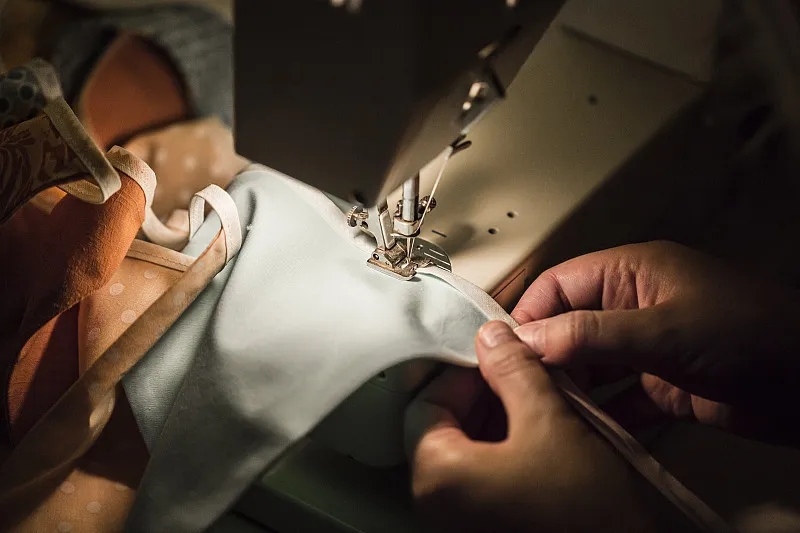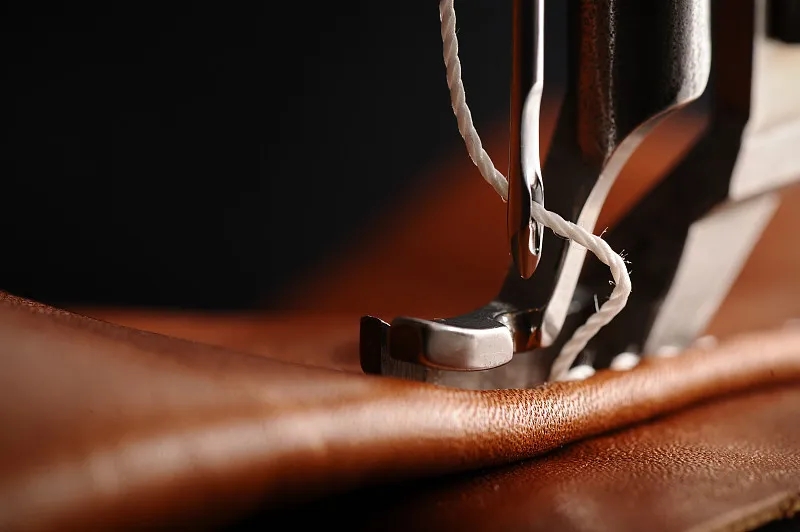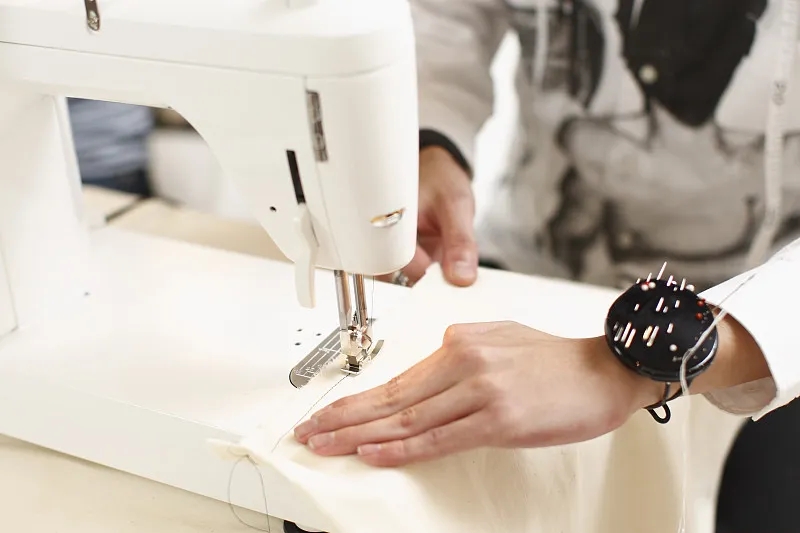When it comes to fabric marking, choosing the right tailor chalk can significantly impact the quality of your sewing projects. In this article, we will explore the differences between wax vs. clay tailor chalk, helping you decide which option is best for your needs. Understanding the benefits and drawbacks of each type will enable you to make informed choices and achieve professional results.

Understanding Tailor Chalk
What is Tailor Chalk?
Tailor chalk is an essential tool for sewers and tailors, used to create temporary markings on fabric. This allows for precise adjustments and alterations without damaging the material. The two most common types of tailor chalk are wax chalk and clay chalk, each with its unique properties.
Wax Tailor Chalk
Characteristics of Wax Chalk
Wax tailor chalk is known for its smooth application and vibrant markings. It typically comes in a pencil or crayon form and is ideal for marking on various fabric types, including heavier materials.
Advantages of Wax Chalk:
- Smooth Application: Wax chalk glides easily over fabric, making it perfect for long lines and curves.
- Vibrant Colors: Available in a variety of colors, wax chalk provides excellent visibility, especially on light-colored fabrics.
- Water-Resistant: Wax chalk is less likely to smudge when exposed to moisture, making it suitable for projects that may require washing.
Disadvantages of Wax Chalk:
- Difficult to Remove: Depending on the fabric, wax marks may be challenging to remove completely, especially from delicate materials.
- May Transfer: On very smooth fabrics, wax chalk can sometimes transfer to other surfaces if not careful.

Clay Tailor Chalk
Characteristics of Clay Chalk
Clay tailor chalk is a more traditional option, typically made from a mix of talc and other materials. It is often available in a triangular shape, which can be sharpened for precise marking.
Advantages of Clay Chalk:
- Easily Removable: Clay chalk tends to wash out more easily than wax chalk, making it ideal for delicate fabrics and projects requiring frequent adjustments.
- Less Likely to Smudge: Clay chalk is less prone to smudging, ensuring your markings remain clear throughout the sewing process.
- Good for Detailed Work: The ability to sharpen clay chalk allows for fine lines, making it suitable for intricate designs.
Disadvantages of Clay Chalk:
- Less Vibrant: Clay chalk colors may not be as vibrant, making them harder to see on darker fabrics.
- Crumbles Easily: Clay chalk can break or crumble, resulting in uneven markings if not handled carefully.

Wax vs. Clay Tailor Chalk: Key Considerations
When deciding between wax vs. clay tailor chalk, consider the following factors:
Fabric Type
- For heavier fabrics like denim or canvas, wax chalk may provide better visibility and durability.
- For lighter or delicate fabrics, clay chalk could be a safer choice due to its easier removal.
Project Requirements
- If your project requires frequent adjustments, clay chalk’s washability makes it more suitable.
- For projects where visibility is crucial, especially on light-colored fabrics, wax chalk may be the better option.
Personal Preference
Ultimately, your choice may come down to personal preference. Some sewers prefer the smooth application of wax chalk, while others appreciate the easy removal of clay chalk.

Tips for Using Tailor Chalk
Best Practices
- Test on Scrap Fabric: Always test your chosen chalk on a scrap piece of fabric to see how well it marks and removes.
- Use Proper Pressure: Apply an even pressure to ensure consistent markings without damaging the fabric.
- Keep Chalk Sharp: For clay chalk, use a sharpener to maintain a fine point for detailed work.
Maintenance and Storage
- Store your tailor chalk in a cool, dry place to prevent it from melting or crumbling.
- Keep chalk separate from other tools to avoid accidental breakage.

Conclusion
Choosing between wax vs. clay tailor chalk ultimately depends on your specific needs and the fabrics you work with. Both options have their unique advantages and drawbacks, making them suitable for different applications. By understanding these differences, you can make informed decisions that enhance the quality of your sewing projects.